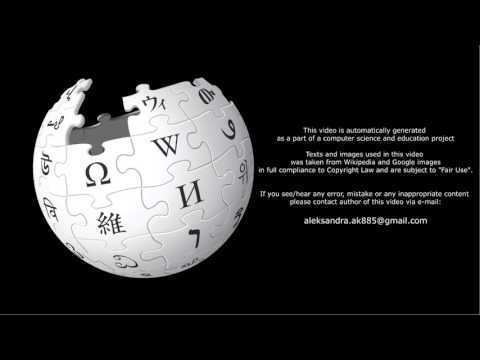Name Josef Haszpra | Died November 21, 1966 | |
 | ||
Josef Haszpra (15 March 1882 – 21 November 1966) was a caster, who created or helped to create many statues in Central Europe, especially in the former Czechoslovakia, Yugoslavia and Austria.
Contents
Life
He was born on (15 March 1882) in Slovakian Nadošany / Hontnádas, which is a village named today as Hontianské Trsťany in county Levice - Léva, Slovakia. He came from a family of smiths, where the craft was inherited from father to son. His father was Herman (Armín) Haszpra from Topoľčianky / Kistapolczany. His mother, Marie Birovská, was born on (21 September 1845) in Trenčín / Trencsen and died on (30 June 1930) in Budapest.
The family moved to Budapest just a few years after Josef's birth, where Haszpra had to attend Hungarian schools. He got trained as a caster and founder. He worked first in Budapest, where his master craftsman took notice of his skills, and assigned him to more complex works in founding and casting large bronze statues. After some time he became a foreman and left with a group he was leading to Vienna, where they worked for the "Srpek a spol." company, again on creating large bronze statues. After some time the company moved to Bohemia, to a town Brandys nad Labem in the vicinity of Prague, where a foundry was founded for casting the monument of Master Johannes Hus to be placed to Old Town's square in Prague. This foundry became later the foundation of the company Melichar a Umrath and today's Brandýské strojírny a slévárny. Later more artistic works were created and Josef Haszpra trained new casters. It was also in Brandys nad Labem, where he got married to Růžena Homolová.
Just after the works have been finished, Haspra traveled to Oslo, Norway with his wife and a one-year-old daughter. However, after just half a year, he had to return to Bohemia, due to the start of the First World War. Haszpra had to serve in the Austrian-Hungarian army. He was injured twice.
After the war ended, Haszpra began working together with his associate Hibala in the foundry in Brandys nad Labem. Some years after, they separated, and Josef Haszpra joined the company Masek a spol. in Prague. In the critical times of the Great Depression, whose victim he also became, he took any job to feed his family. A lucky chance helped him, since at that time, the famous Croatian sculptor and architect Ivan Meštrovič came to Czechoslovakia to fetch him and take him to Yugoslavia for cooperation of creating bronze statues together. He went there twice and left a couple of artistic works.
When the economic situation in Czechoslovakia partially calmed down, Haszpra opened a workshop, where he first worked alone. The beginnings were difficult. After a few years he started to break through and thus started an intensive cooperation on works of famous sculptors (Myslbek, Štursa, Šaloun, Louda, Benda, Pokorný, Lidický, Kodet and many others). He was also accepting orders from Slovakia, from sculptors such as Gibala, Trizuliak, Štefunka and others. Shortly before the Second World War he created a 4 meter tall statue of general Milan Rastislav Štefánik.
After the occupation of Bohemia and Moravia by Hitler's Germany, casting from non-iron metals was banned. It was difficult times for the whole Haszpra's family. After the war ended, Haszpra could have resumed work and in 1947 he got the order to found a statue of T. G. Masaryk in Brandys nad Labem. This statue was removed in 1956 by command of the local communist party.
In the middle of the 1950s Haspra trained casters founders in the Bratislava Research Institute for Founding. In 1958 the ministry officials asked Haszpra to cast several pieces of art for the World Expo in Brussels. Statues of the sculptor Lauda, which he cast in bronze in an extremely short time and without proper equipment, met with a great success in Brussels.
Josef Haszpra died on (21 November 1966) in Brandys nad Labem, where he was buried. He left behind him his wife and two children.
Work
Josef Haszpra created or helped to create many statues in Central Europe, especially in the former Czechoslovakia, Yugoslavia and Austria. Among his most important works are:
